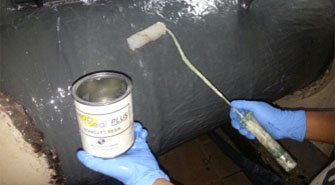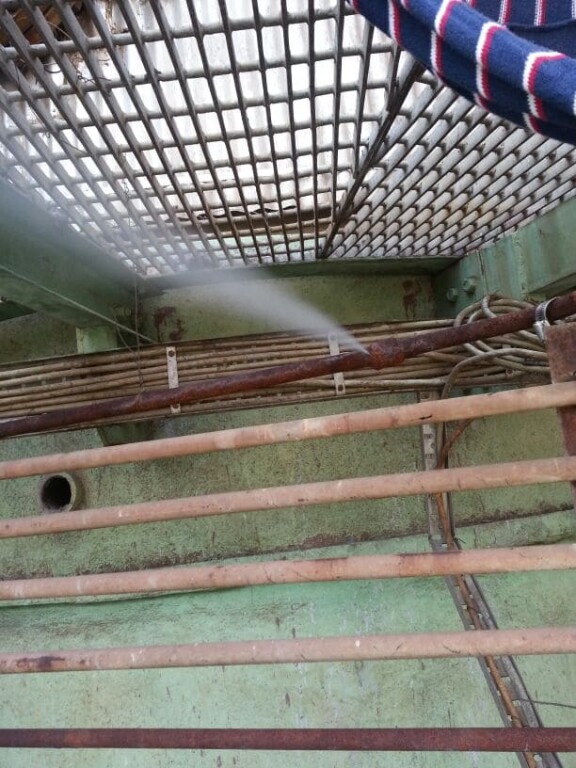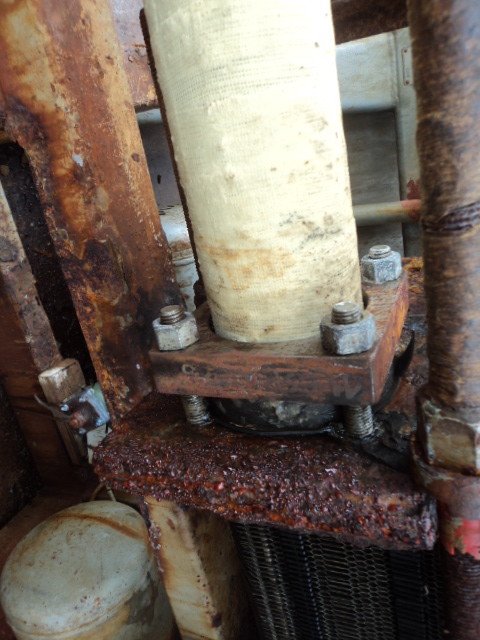
Considerations Before Performing Pipe Repairs

Pipe Repair Scenarios
There are three main pipe repair scenarios to be considered before performing repairs; pipe subject to external metal loss (caused by corrosion or mechanical damage), pipe subject to internal metal loss (caused by corrosion, erosion or erosion/corrosion), and pipe fittings and components that are leaking.
In addition to these main repair scenarios, the extent of the deterioration or damage (i.e. localised or extensive) will also be considered when choosing the pipe repair methods and components.
Pipes Subjected to External Metal Loss
Many pipework failures are caused by external corrosion. External corrosion may be present in many forms including simple environmental corrosion (e.g. coating breakdown and subsequent corrosion, corrosion under insulation etc.), crevice corrosion, and galvanic corrosion. Regardless of the actual corrosion mechanism, the resulting damage is in the form of metal loss, such as the loss of pipe wall thickness. This metal loss may be localised (as in the case of corrosion underneath a pipe support) or may be extensive (in the case of corrosion under insulation).
Mechanical damage to pipework may, or may not, be accompanied by metal loss. For example, an indentation may have simply deformed the pipe locally without any associated gouging or thinning of the pipe wall. Plain dents up to 6% of the pipe diameter generally do not require any repair works. Deeper indentations may need to be repaired or may need to be removed if their presence could cause operational problems (e.g. interference with pigging).
Crack of weld joints or of the parent pipe itself, but which have not resulted in leakages of the piping system may require special consideration. The repair of a cracked section of pipework would involve arresting any further propagation or removal and repair. Whatever the cause of the external metal loss, it is assumed that the prevention of further deterioration will automatically be addressed by the combination of realising the presence of the damage/deterioration (measures taken to prevent re-occurrence) and the pipe repair action itself.
Pipes Subjected to Internal Metal Loss
Piping systems, especially in oil, gas and petrochemical applications, can present problems of internal corrosion, erosion, or a combination of corrosion and erosion. Depending on the severity and extent of the internal damage/deterioration the pipework may be leaking or be in threat of leaking.
Unlike external corrosion, it may not be possible to arrest the metal loss mechanism, which may cause further time-dependent damage/deterioration to continue. Unless it is possible to arrest the metal loss mechanism, the chosen repair components will need to accommodate the effects of the eventual further deterioration. In these cases, the reinstatement of pipe integrity may only be considered to be temporary. Unlike external corrosion, internal corrosion, erosion or corrosion/erosion is more difficult to quantify, in terms of the absolute metal loss and the extent of this metal loss. Inspection techniques such as ultrasonics thickness gauging, radiography, insertion of corrosion coupon, can assist in such measurement.
It is important to gain as much information as possible on the damage/ deterioration to enable the correct pipe repair method to be chosen. It is particularly important to obtain information regarding the ability of the sustained damage to accommodate the axial stresses which, in complex pipe systems, can be significant. Also, further deterioration of existing internal metal loss may result in the pipe wall being unable to carry these axial loads.
Pipes Subjected to Leakage
Leakage may be caused by internal or external metal loss or a combination of both. Leakage may also be caused by the cracking of welded seams or joints or of the parent pipe. Depending on the extent of the discovered damage, pipe repairs may require the installation of a repair clamp for localised repair, or replacement of the affected pipe section, or composite repairs.
In all cases where the pipe is leaking, it will be necessary to consider the suitability of the repair procedure to accommodate the pressure containment requirements and also the chemical compatibility of repair products to the pipe fluids.
In some cases it may be possible to install a repair clamp to an actual leaking pipe if the pipeline integrity has not been compromised (i.e. the pipe wall thickness is strong enough to withstand the clamping pressure). In other cases, especially when pipeline integrity has been affected due to huge wall losses, it may be more effective to perform composite repair on the leaking pipes.
The ability of the pipe repair component(s) to accommodate the axial loadings of the pipe system, especially in the case of a repair employing connectors, also needs to be considered. One other scenario that is considered within these guidelines is the case of a leaking flange. The leak is most probably caused by corrosion or disintegration of the flange face/ gasket area. However, it is possible to experience leakage of the pipe to flange welds (fillet weld in the case of slip-on flanges, and circumferential butt weld in the case of welding neck flanges).


